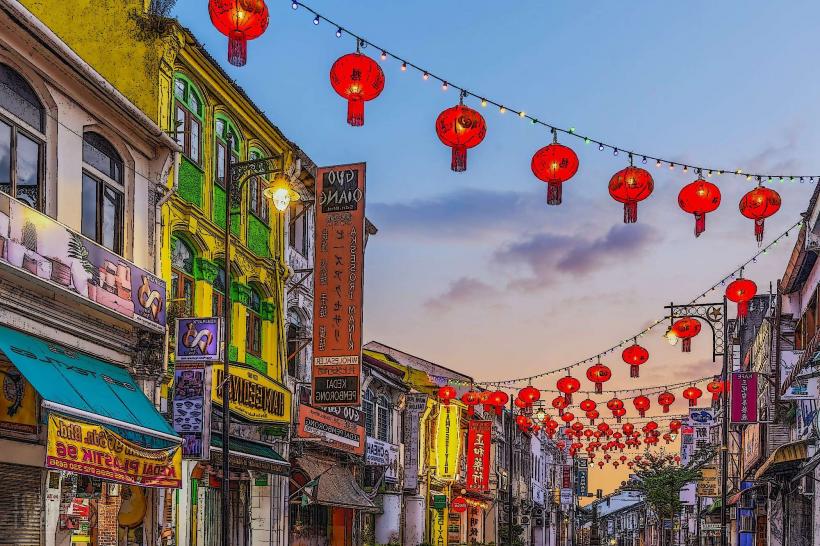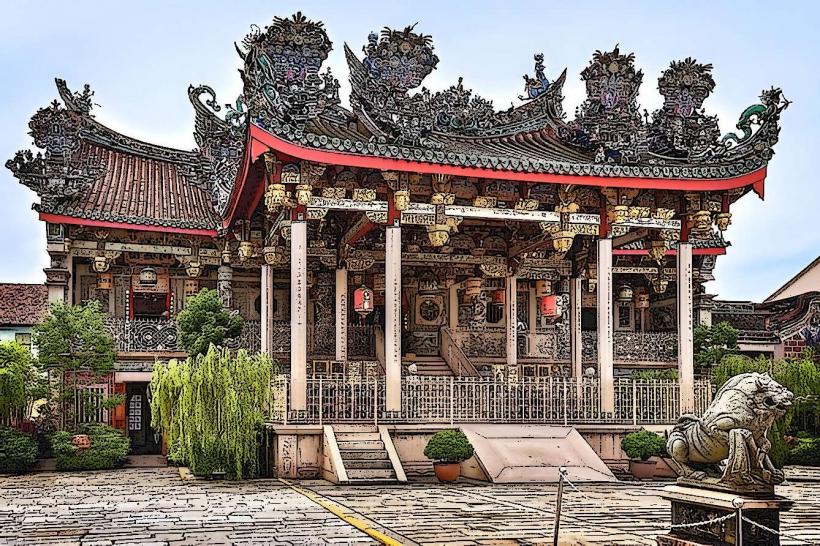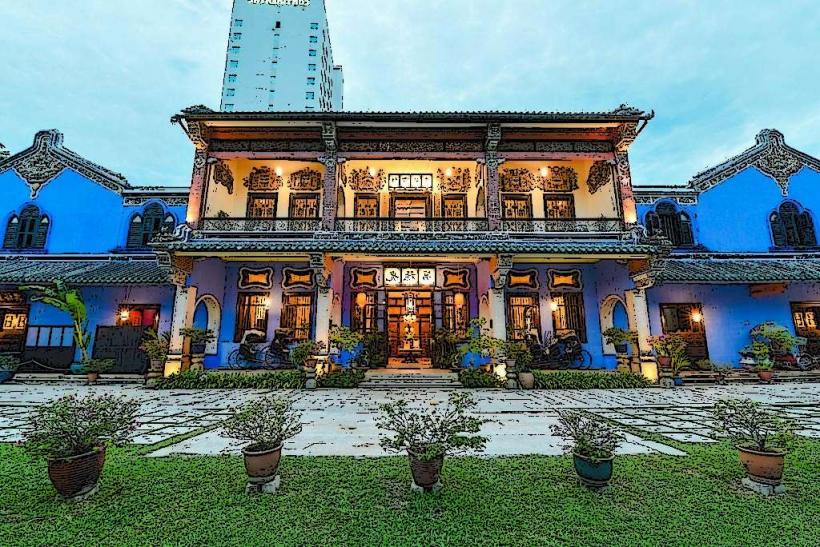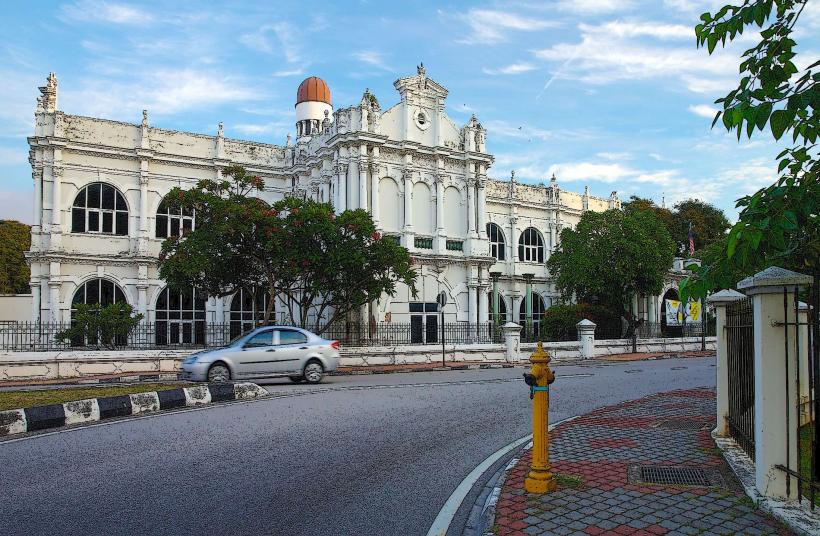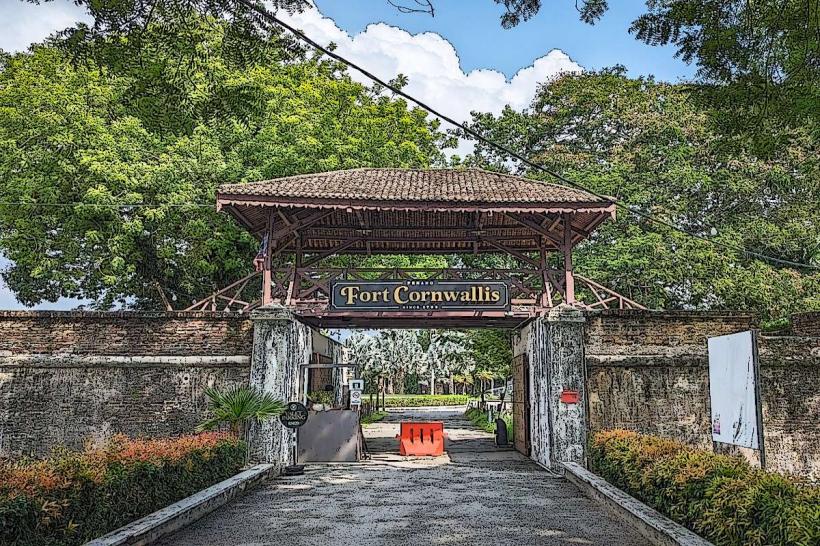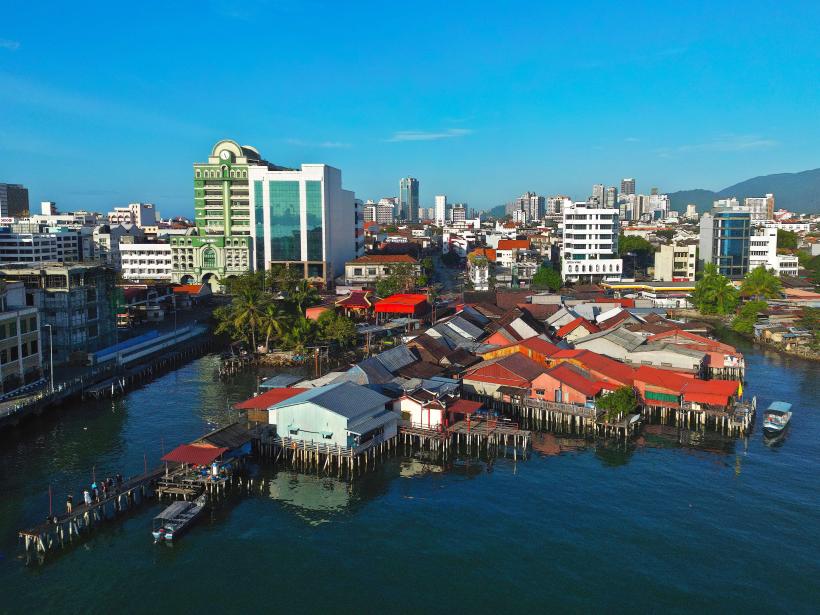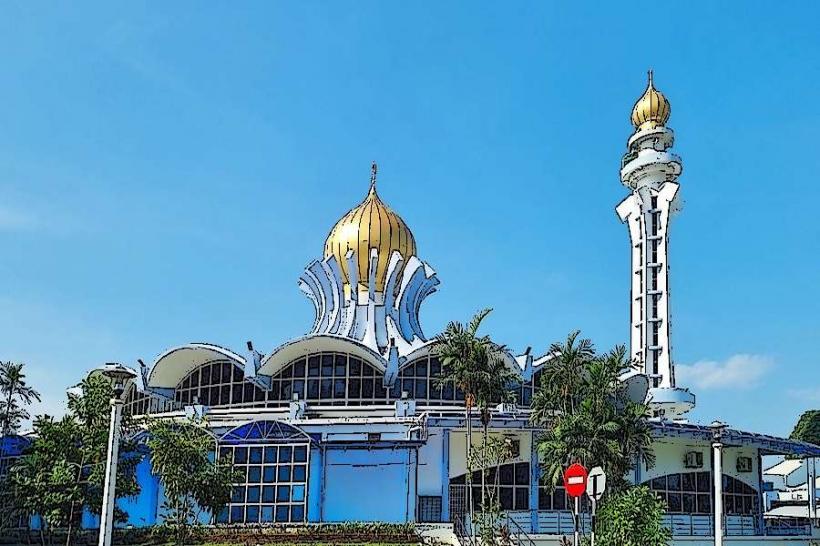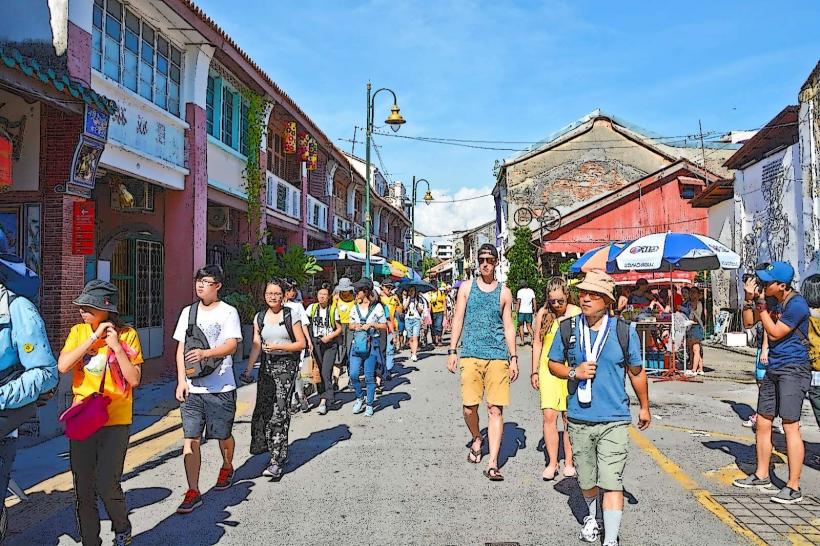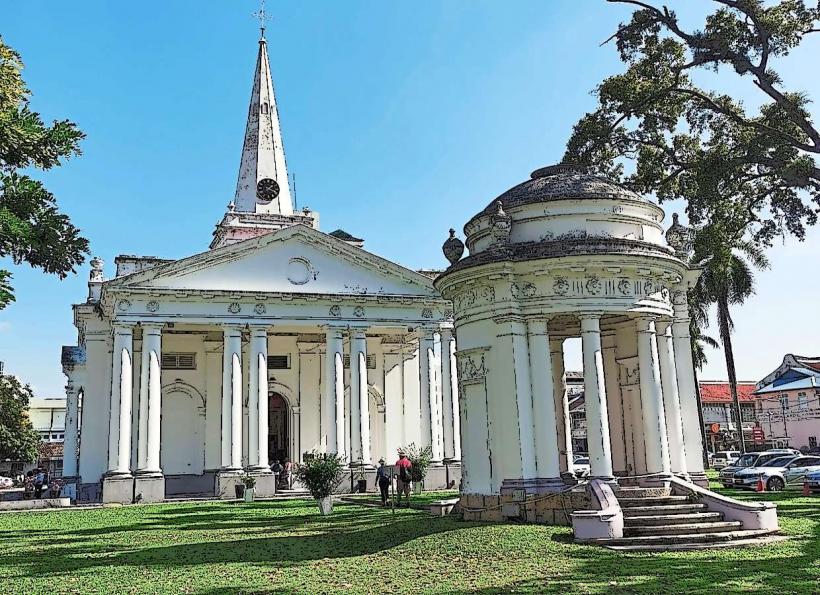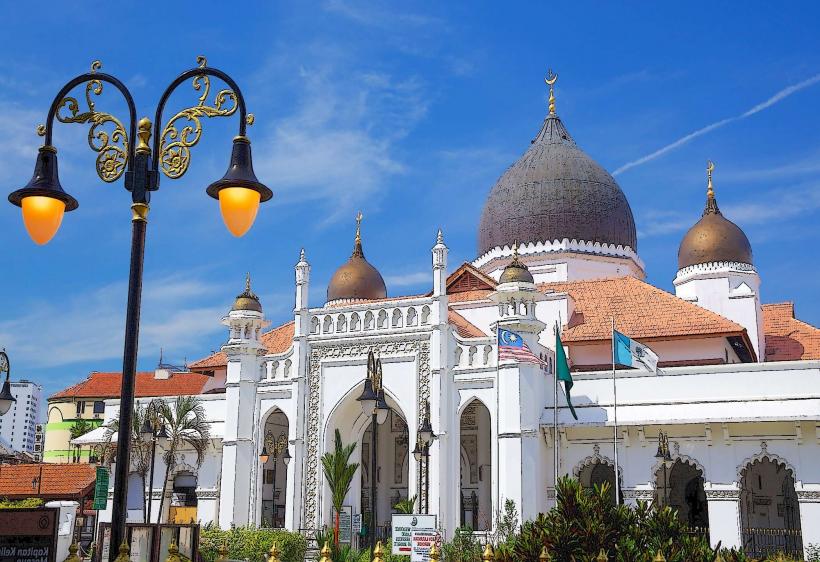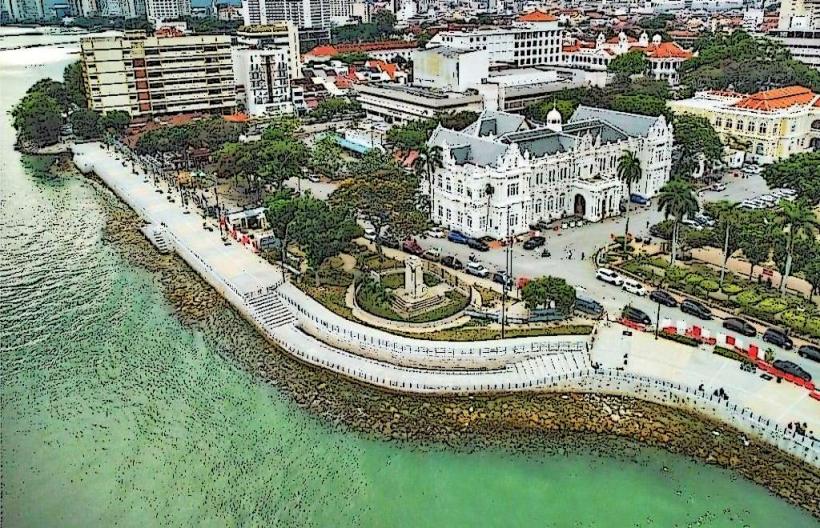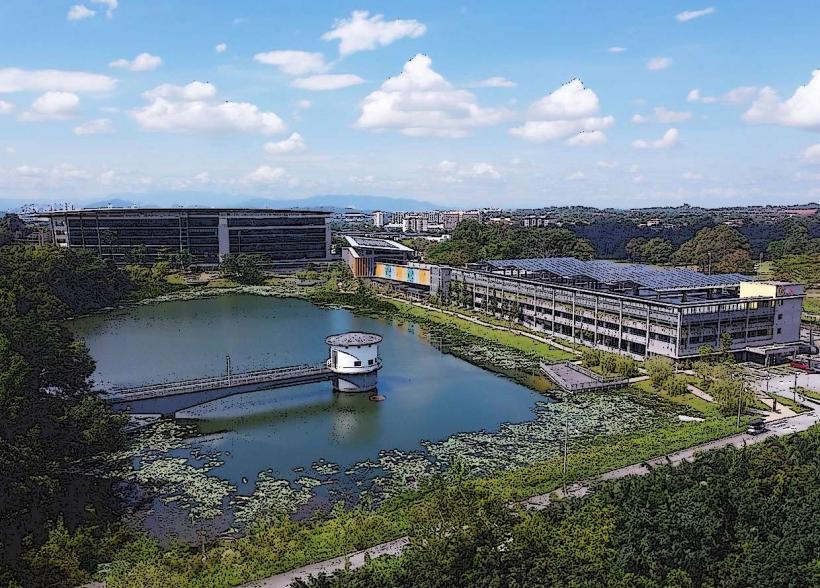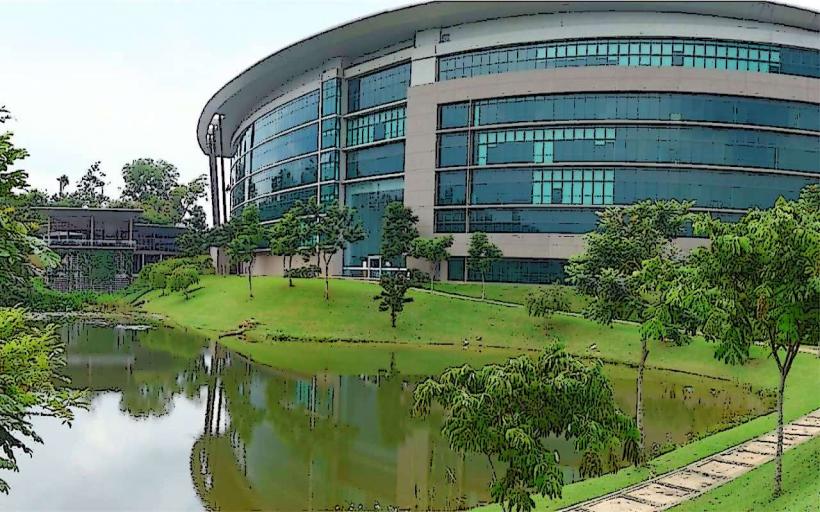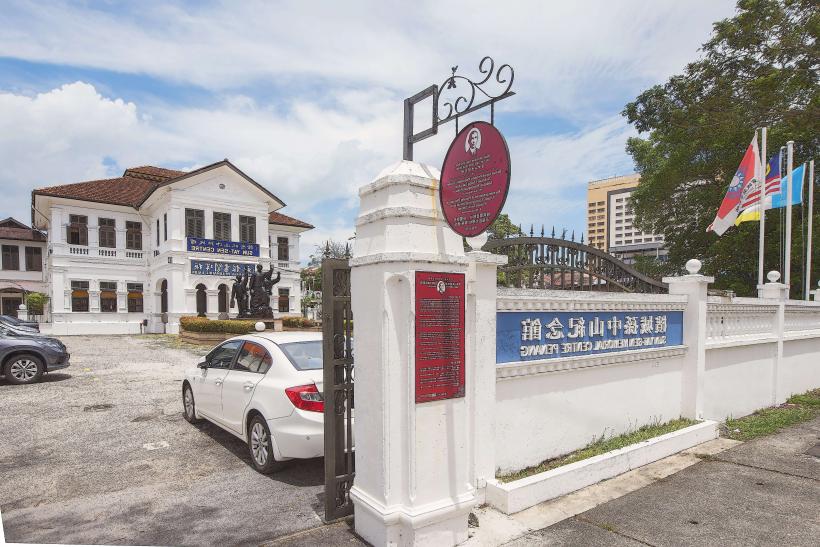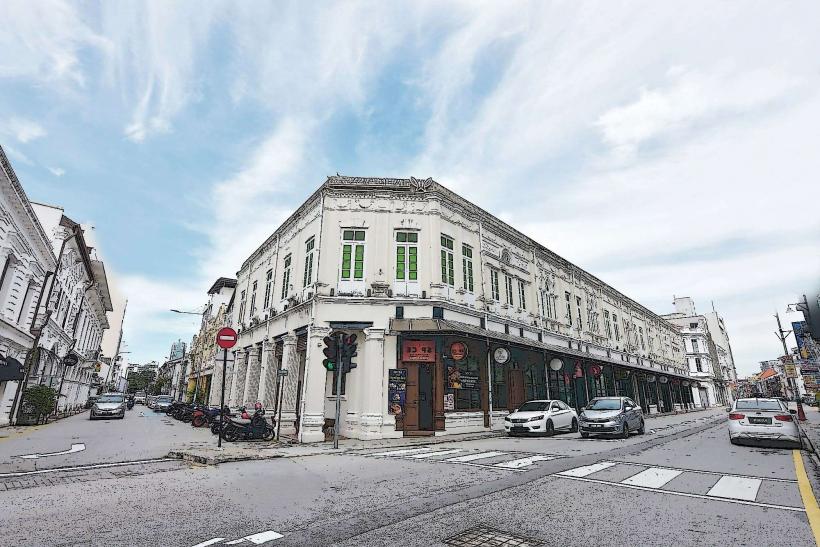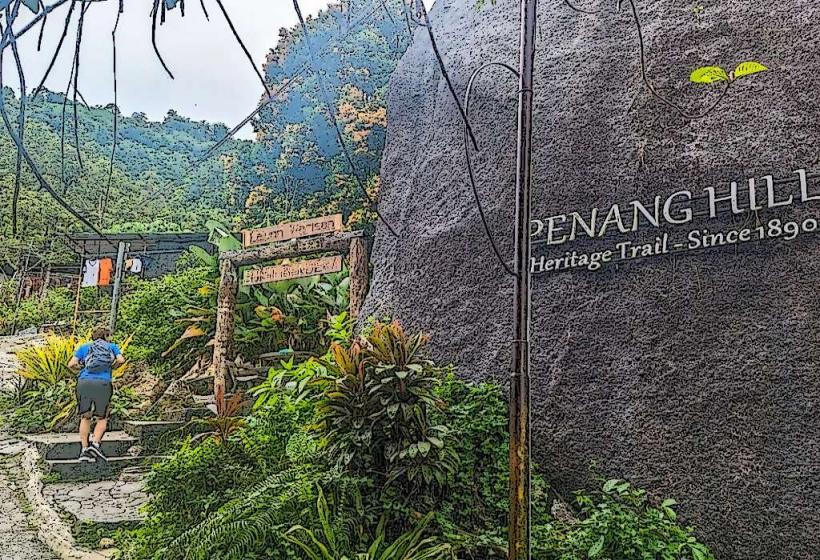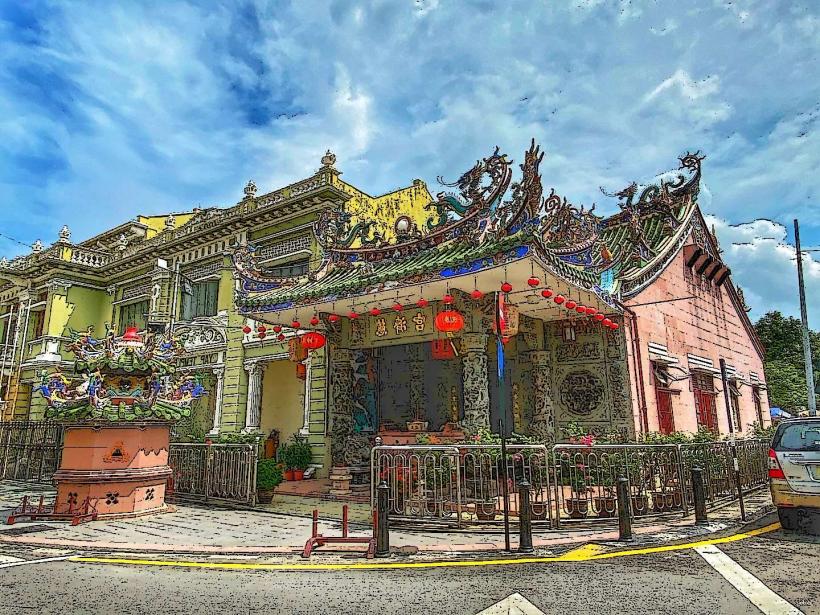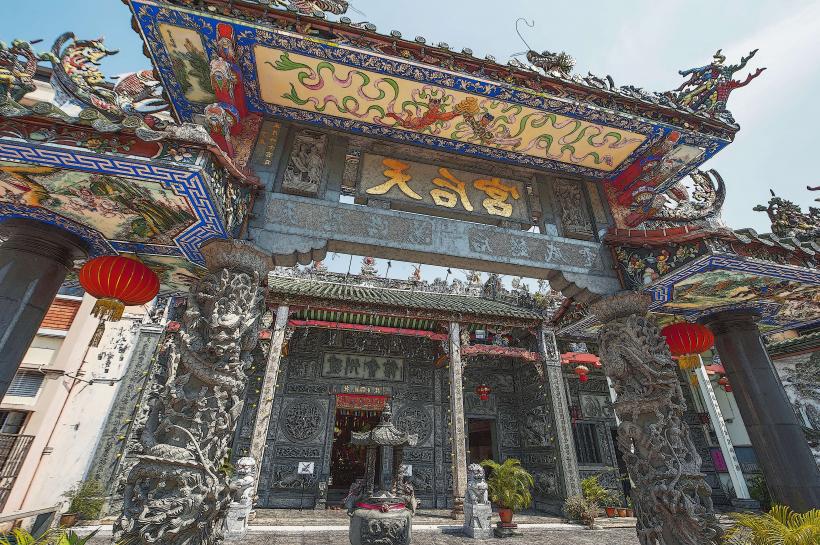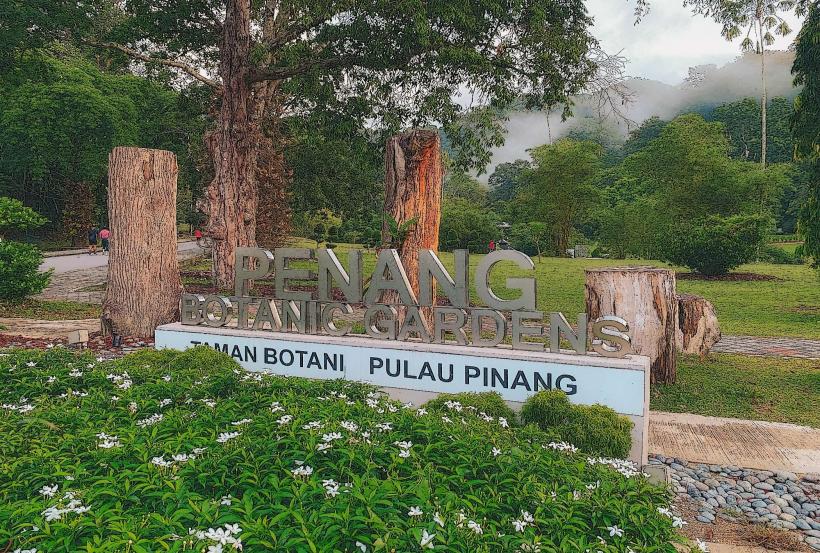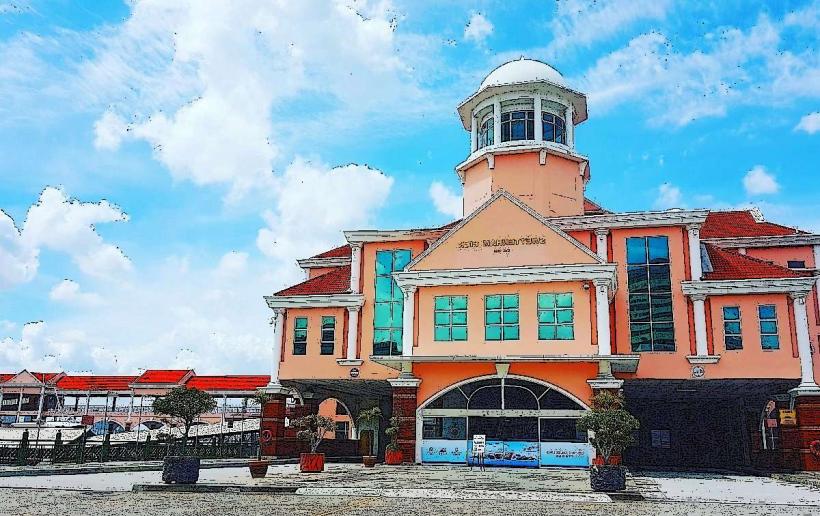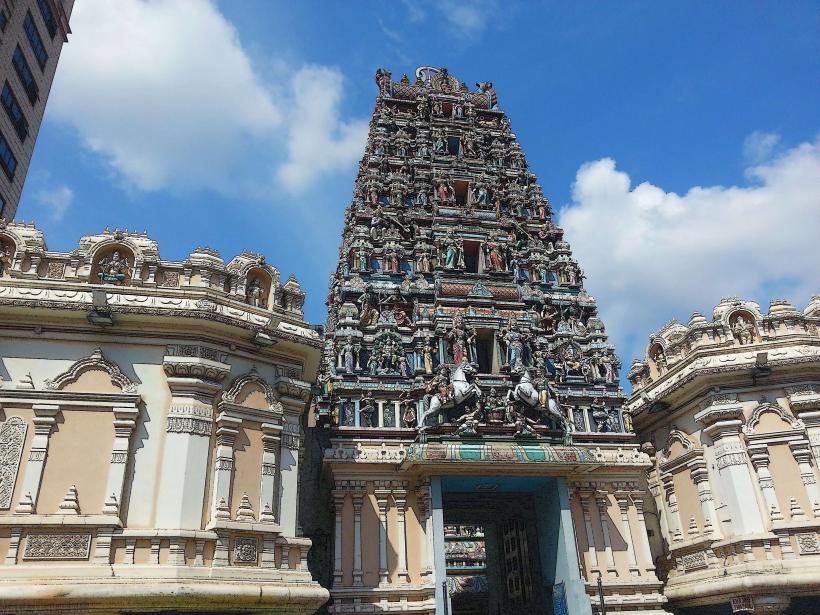Information
Landmark: Pinang Peranakan MansionCity: George Town
Country: Malaysia
Continent: Asia
Pinang Peranakan Mansion, George Town, Malaysia, Asia
Overview
In George Town, Penang, the Pinang Peranakan Mansion opens a vivid window into the life and traditions of the Peranakan, or Straits Chinese-down to the glint of porcelain bowls in its ornate dining room, therefore this community traces its roots to Chinese immigrants who arrived in Malaysia and Singapore between the 15th and 17th centuries, married local Malay women, and built families that still carry their blended heritage.Once home to a wealthy Peranakan family, the mansion now serves as a museum, displaying vibrant beadwork, heirloom furniture, and other treasures that bring the culture’s history to life, then one.Located at 29 Church Street in George Town, Penang, the Pinang Peranakan Mansion was transformed into a museum in 2001 to preserve and share the rich heritage of the Peranakan Chinese, whose culture blends Chinese and Malay traditions in language, dress, and cuisine, also this heritage site offers a vivid glimpse into their way of life, from embroidered kebayas to fragrant nyonya dishes, all set within a grand Peranakan-style home that once showcased the wealth and stature of its owners.The architecture blends Chinese grace with Malay warmth, a style you’ll often witness in the sparkling, tiled homes of the Peranakan, or Straits Chinese, community, besides number one.The mansion rises three stories high, its walls dressed in intricate wood carvings and mosaic tiles that catch the light like shards of colored glass, a tribute to Chinese craftsmanship, besides at its heart lies the courtyard, where family and guests once gathered to talk, share tea, and feel the sun on their faces.Traditional plants and carved decorative details line the space, while inside, the mansion showcases the Baba Nyonya style-a graceful blend of Chinese elegance and Malay warmth, subsequently the furniture blends European, Chinese, and local Malay designs, a clear sign of the Peranakan community’s wealth.Teakwood chairs, a crystal chandelier catching the light, ceramic vases, and silk curtains embroidered with gold thread fill the rooms with elegance and grandeur, in turn the Grand Hall serves as the heart of the house, hosting formal gatherings and significant occasions.Delicate carvings wind across the surface, and dazzling ceramic tiles catch the light, besides the hall glitters with tall golden mirrors and heirloom furniture.In the dining room, a polished teak table stretches the length of the floor, set with delicate Peranakan crockery that whispers of elegant dinners past, in conjunction with private rooms-bedrooms and cozy sitting areas-glow under Chinese lanterns, their wooden chairs and ornate keepsakes offering a glimpse into the Peranakan way of life.The Pinang Peranakan Mansion stands as a tribute to the unique heritage of the Peranakan Chinese, furthermore over time, this community shaped a way of life that wove Chinese customs into Malay traditions, showing in the lilting mix of their speech, the cut of their sarongs, the carved wooden shutters on their homes, and the rich aroma of spiced dishes from their kitchens.Number one, moreover the Baba-Nyonya culture grew from Chinese immigrants marrying local Malay women, blending their traditions into something entirely their own-like the scent of spices mingling in a busy market.Babas (Chinese men) and Nyonyas (Chinese women) belonged to a community that kept Chinese traditions alive while embracing the Malay language, food, and clothing; women often wore vivid batik kebaya stitched with delicate embroidery, while men chose the long, flowing baju panjang, and in Peranakan culture, food holds pride of locale, with the museum showcasing dishes where Chinese spices meet the rich, fragrant sauces of Malay cooking, also you can savor favorites like Nyonya laksa, fragrant Hainanese chicken rice, and delicate Peranakan-style dumplings, then step inside the mansion to find treasures of Peranakan heritage-lacquered cabinets gleaming under soft light, porcelain shipped from China in the 1700s, the elegant Nyonya Kebaya paired with beaded slippers, gold and silver jewelry shaped into intricate brooches and hairpins, and hand-woven silk and batik fabrics rich with color and pattern, in a sense The Pinang Peranakan Mansion welcomes visitors daily from 9:00 AM to 5:00 PM, even on public holidays, to boot admission is usually MYR 20 for adults, while children and students enjoy discounted rates between MYR 10 and 15.You can also book a guided tour for an extra fee to dive deeper into the mansion’s history, culture, and ornate artifacts-imagine carved teakwood panels glowing in the light, while for a quieter visit and cooler air, come in the morning or early afternoon, roughly Nearby, explore the grand Khoo Kongsi clan house, stroll along Armenian Street with its galleries and murals, hunt for George Town’s vibrant street art, or step into the indigo walls of the Cheong Fatt Tze Mansion, while once a private home, the Pinang Peranakan Mansion was carefully restored before opening its doors as a museum.Just so you know, They restored the building to keep its original charm and authenticity intact, in turn a tribute to Peranakan heritage, the mansion is one of the rare places in Penang where you can step inside and explore the rich, intricate culture of the Peranakan Chinese through hands-on exhibits and genuine artifacts.Its striking architecture and bursts of vibrant color make it a favorite spot for photographers, especially those hoping to capture the historic beauty of George Town under the afternoon light, on top of that for anyone curious about Penang’s Peranakan culture and history, the Pinang Peranakan Mansion is an experience you shouldn’t miss.With its elegant arches and a rich trove of artifacts, it stands as one of George Town’s key cultural and historical landmarks.
Author: Tourist Landmarks
Date: 2025-09-12

